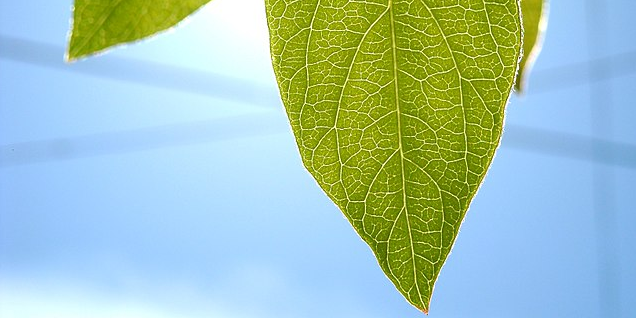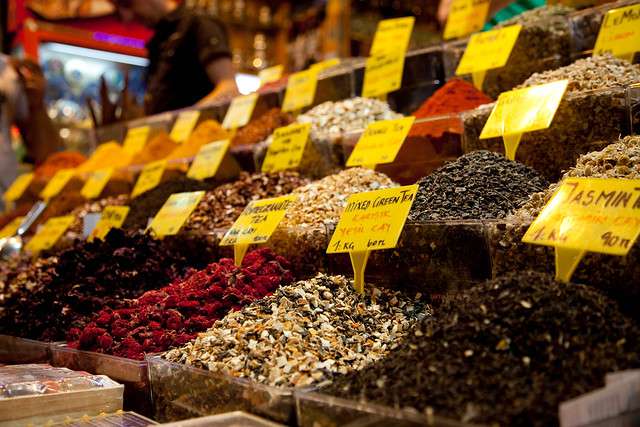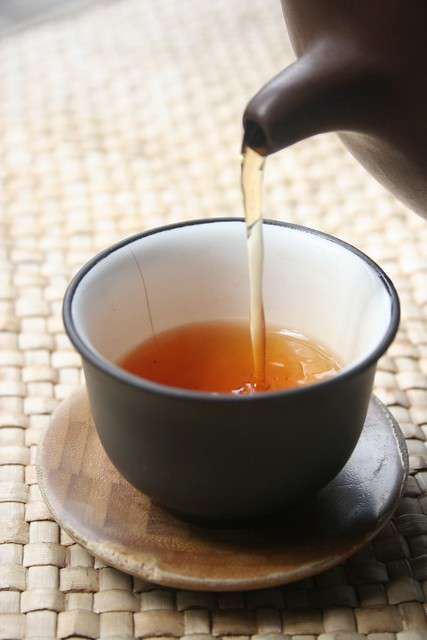
After being a habitual coffee drinker for most of my life, I finally switched out my mid-morning cream and sugar-saturated cup for a healthier alternative: tea. Apparently I am joining the already millions of people who consume tea on a daily basis, making tea second only to water in popularity around the globe. Not only does tea come in a variety of choices, but high quality tea boasts numerous health benefits as well. Tea fingerprinting is the most widely used method for analyzing the quality of tea through chromatography and spectral analysis. Color, flavor, and health benefits are all related to quality, and new advancements in colorimetric technology offer better ways to measure these traits and provide quantifiable data through the use of spectrophotometers.

Chromatographic fingerprint analysis is used as a tool for determining the quality of tea products.
Image source: Florin Gorgan via wikimedia.o



